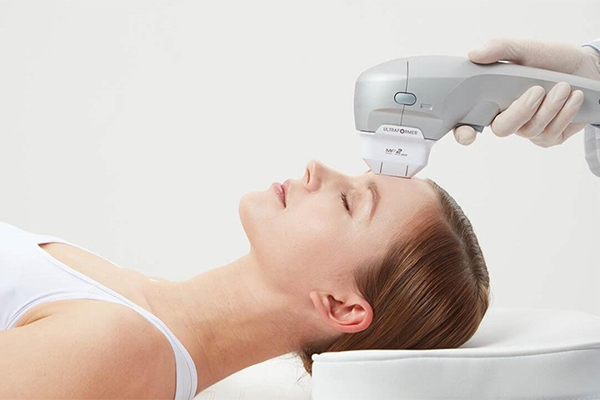People seeking tight, youthful skin have increasingly turned to non-invasive cosmetic treatments that don’t require surgery. The two ultrasonic tightening systems, Ulthera and Ultraformer, which use ultrasonic waves to achieve their aim, are considered good options in this category. Though they differ slightly, each has some similarities; thus, understanding them could be useful for people trying to choose the best alternative for them. In this article, we are going to discuss about What is the difference between ulthera and ultraformer (ulthera กับ ultraformer ต่าง กัน ยัง ไง, which is the term in Thai)
Overview Of Ulthera And Ultraformer
Allow us to learn about Ulthera and Ultraformer:
· Ulthera: The Original Ultrasound Treatment
Ulthera, better known by its common name “Ultherapy,” was approved as the original noninvasive ultrasound technique by the Food and Drug Administration. Utilizing ultrasound waves that penetrate deep into layers of skin tissue and promote more collagen production to tighten and tighten it gradually over time with gradual tightening/lifting effects that become noticeable over time, especially effective for neck, chest, chin & forehead treatments.
Ulthera devices are widely revered among professionals for their accuracy, professionals typically employ ultrasonic imaging technology to visualize tissues they work on with Ulthera devices and ensure maximum energy delivery to cells efficiently. Most treatments typically only require one session, with results lasting anywhere from six months up to an entire year, depending on individual skin characteristics.
· Ultraformer: The Versatile Skin Tightening Solution
The Ultraformer, which uses high-intensity focused ultrasound (HIFU) technology, is yet another recent form of treatment. Although it has a similar concept to Ulthera, the Ultraformer runs into more flexible solutions, making it possible to treat a wider range of areas and depths. This can be applied in the body as well as facial treatment, addressing problems such as fine wrinkles and sagging skin; there are instances when one may want to contour their body.

An essential strength of Ultraformer is its adaptability in terms of treatment depth and intensity customization. Altering the energy delivery to be in line with patient marking and regionalizing relatively, it becomes a much more comfortable option for them. When it comes to a more comprehensive skin rejuvenation procedure, Ultraformer is often preferred.
Comparing The Key Differences
Let us discuss the differences:
· Flexibility and Treatment Areas
Even though both methods can result in skin tightening, Ultraformer is more versatile in terms of body areas it can treat. On the other hand, Ulthera is the preferred option when facial areas are specifically targeted by people with distinct facial problems.
· Coziness and Experience
Ulthera can feel intense on account of its focused approach; therefore, it may cause a deep heating sensation during procedure time, while ultraformer tends to be a suitable choice for people who are very sensitive towards discomfort due to its adjustable settings, which usually help make patients more comfortable.




